Sign of the times: new URBACT projects reflect people power patterns
Edited on
09 October 2017Each generation of URBACT projects tells it’s own story about shifting urban priorities in Europe. Previously, we’ve seen clusters of projects around themes including neighbourhood renewal, mobility and youth employment. So it’s interesting to explore the new wave of 21 URBACT Action Planning Networks (APNs) and to see some clear themes emerging. One of these is what you might call people-powered policy making.
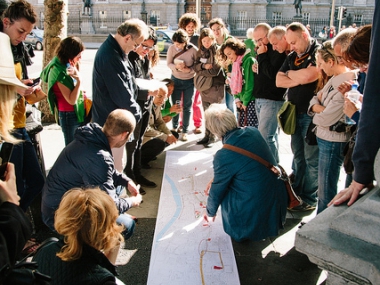
Of course, all URBACT projects emphasize the need for multi-stakeholder participation, so to some extent that focus on citizen involvement is always there. But this looks a little different. I would argue that what we are seeing in this round of projects is a much greater emphasis on citizens assuming a meaningful active role in city developments. This reflects growing concerns about governance generally – at all levels – and in particular a mistrust of established institutions. In this respect URBACT is doing what it has always done; functioning as a mirror to wider urban issues in Europe and building capacity for change.
So what do these projects look like?
Lets examine four of these new projects in detail.
The CHANGE! Network focuses on social design of public services. It refers to a paradigm shift in public services across Europe, straining to meet bulging demand with diminishing resources. It acknowledges the need for new thinking, experimentation and social innovation at city level.
Led by Eindhoven, which has pioneered citizen involvement through its WeEindhoven portal, the CHANGE! Network draws heavily on UK analysis of post-welfare state options. Drawing on the work of Collaborate and citing the work of Participle, it underlines the need for what has been defined as relational welfare, placing greater emphasis on the need for community cohesion and grass-roots solutions. It cites the famous Swindon case, quoted in our URBACT Workstream report, where poor families were disempowered through the scope and scale of public sector interventions.
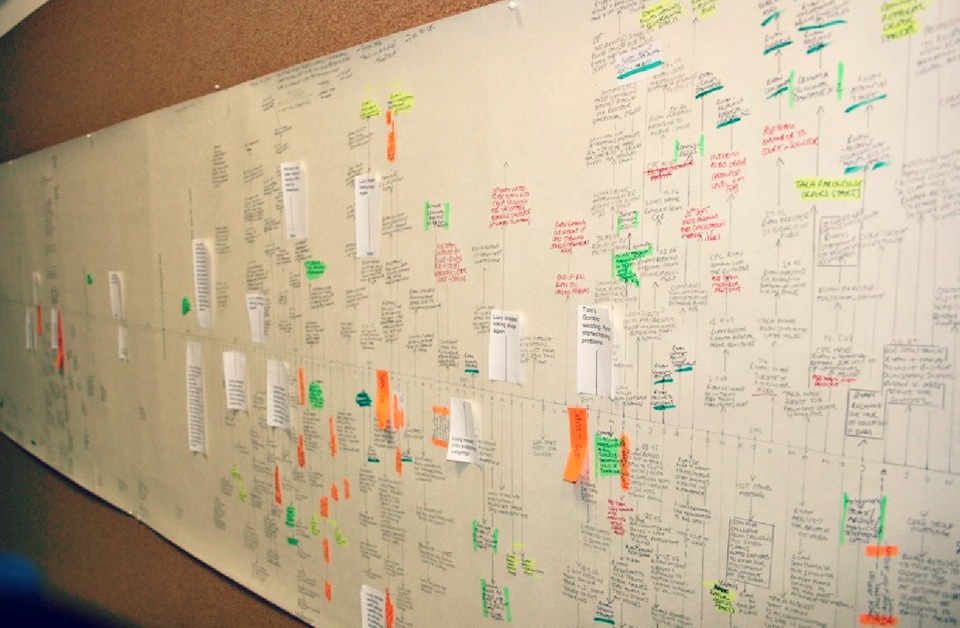 New collaborative design models are proposed as the most effective way forward. These require design thinking, ethnographic approaches and new municipal roles and operations. Although we are at the early stages of this public sector revolution, there are many green shoots of activity across Europe. CHANGE! looks both to tap into and to stimulate these further.
New collaborative design models are proposed as the most effective way forward. These require design thinking, ethnographic approaches and new municipal roles and operations. Although we are at the early stages of this public sector revolution, there are many green shoots of activity across Europe. CHANGE! looks both to tap into and to stimulate these further.
The city of Gdansk is one of the links between CHANGE! and Boostino, another of the new networks. As the URBACT Workstream on cities and social innovation explained, this Polish city is exploring new ways to engage citizens in its decision-making processes. The sitting Mayor, Pawel Adamowicz, a Solidarnosc veteran who has been in post since 1998, is one of the key drivers behind this, appointing key outsiders to influential positions within the administration. Gdansk is involved in both of these networks, in BoostInno as lead partner.
 Although the quadruple helix is important to BoostInno’s work, citizen power is not its principal focus. However, it does underline the key role of public authorities, although with an emphasis on their social innovation function. Like CHANGE!, this network stresses that status quo is not an option, but identifies the social innovation capacity of city authorities as a key change driver. Both networks also draw inspiration from the Young Foundation's social innovation spiral.
Although the quadruple helix is important to BoostInno’s work, citizen power is not its principal focus. However, it does underline the key role of public authorities, although with an emphasis on their social innovation function. Like CHANGE!, this network stresses that status quo is not an option, but identifies the social innovation capacity of city authorities as a key change driver. Both networks also draw inspiration from the Young Foundation's social innovation spiral.
BoostInno also draws on the work of current thinkers like Mazzucato, who underlines the critical role governments have played in stimulating commercial innovation. In doing so, she challenges the common perception of the public sector as slow, short sighted and risk-averse. BoostInno builds on earlier URBACT activity conducted by My Generation at Work which emphasised the role of city authorities as brokers and enablers in a new collaborative landscape.
Stakeholder collaboration, and the impact new mobile technologies have upon it, is a central concern for our third project, Interactive Cities, led by the Italian city of Genova. If transparency, collective decision-making and efficient cities are high amongst our list of ‘whats’ then information communication technologies (ICTs) increasingly provide the ‘how’.
Interactive Cities will investigate the growing number of digital city platforms linking with citizens. This will include those designed to inform citizens and enable them to assume a more active role in local democracy. Helsinki’s Open Ahjo and nexthamburg offer good examples of these new digital governance tools.
Use of big data is also on their radar. Better planning and investment decisions based on real time intelligence have enormous potential benefits, particularly in areas such as mobility. And this is more than just reacting to existing patterns. In Palermo, the NGO PUSH has used its Traffico2 app as the focus for a campaign that rewarded low carbon travel options, contributing to a change of mindset in the city. City administrations and transport agencies are key players in this fast-moving shift as holders of vast data on travel patterns.
Some of the most exciting developments are where mobility, business and access come together. Warsaw is blazing a trail in this niche area with a growing cluster of successful activities. These include the Warsaw Instagram account, insta_warszawa, and the Bloomberg Mayors Award winning Virtual Warsaw. The latter, a beacon-based navigation tool for visually impaired people, has wider application now being explored by the city authority and partners.
The application of new technology is also a prominent feature of our fourth and final new network example, Agri-Urban. On the surface, of these four projects, this may look like the odd one out, with its emphasis on partners developing their own food system plans. But dig below the top layer of soil and shared themes clearly emerge.
Agri-Urban, led by Baiena in Andalusia is inspired by the growing desire for affordable, healthy food that is locally produced. It combines the ancient inter-relationship between cities and their rural hinterlands, with modern business approaches emphasizing short supply chains, dynamic entrepreneurship and the use of efficient tech-driven production.
Across Europe, cities are reconfiguring their take on food production. This takes many forms, including the Nomadic Green Berlin movement to Bristol's preferential planning regime for local city-based growers. It encompasses those cities like Rome, with its inspiring All For Quality campaign to Södertälje, using its procurement power to provide healthy locally produced food in school canteens, transferred via the URBACT Diet for a Green Planet pilot. All of this requires a new partnership approach, within which citizens assume a much more active role, enabled and supported by city authorities.
What common themes and why now?
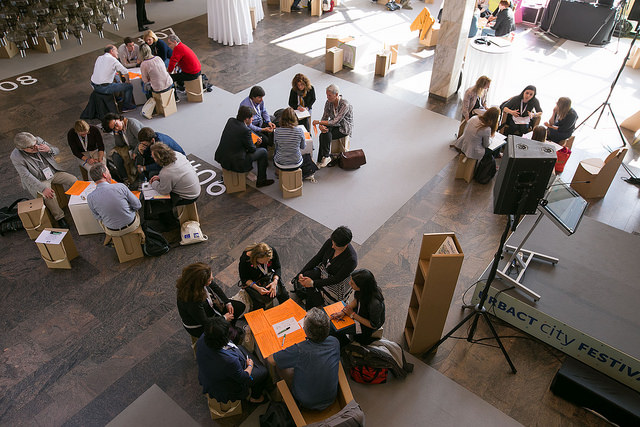 By now you’ll have seen the red threads running through these projects, which include:
By now you’ll have seen the red threads running through these projects, which include:
- Higher levels of citizen involvement in service design, delivery and civic decision-making
- The use of technology to increase transparency, drive efficiency and improve investment decisions
- New collaborative stakeholder models where citizens are prominent and where city authorities assume a key brokering and coordinating role
In this article we have focused on four new URBACT networks, but these important themes feature in many others. They are indicative of our time. So, why are these themes emerging so strongly now? A number of important push and pull factors are at work. Amongst the former, we see declining city budgets together with complex economic, environmental and social problems in our cities. Combined with this, almost a decade after the start of the Global Financial Crisis (GFC), we continue to see eroding confidence in our established institutions, political leaders and, worryingly, in our democratic institutions.
On the pull side, each of these four networks is building on established momentum that is palpable in cities across Europe, albeit unevenly spread. This includes an increased enthusiasm amongst many citizens to make an active contribution to shaping the future. Alongside this, in many cities we see new leadership models which are more comfortable with coproducing solutions with citizens. As we have seen, new digital platforms provide fresh (although not unique) ways of doing this, particularly as citizen/consumer expectations around services have been transformed by these same digital tools.
How can URBACT support their objectives?
Drawing on our projects’ sources, for example their State of the Art reports which will shortly be in the public domain, this article has cited some of Europe’s success stories relating to these themes. However, we know that for every EU city that is making progress, many others are struggling. This was clear at the recent DG Regio Urban Development Network (UDN) peer review event in Seville, where the challenge of involving citizens in decision making emerged as a strong theme.
A common pattern across Europe in this new programming period is increased devolution to city authorities. However, this is not always accompanied by a corresponding increase in resources, thus increasing pressure on cities to optimise what they have. At the same time, the complexity and scale of the challenges they face is at a historic high, and privately, many will confess that they feel they are being ‘set up to fail’ by regional and national authorities.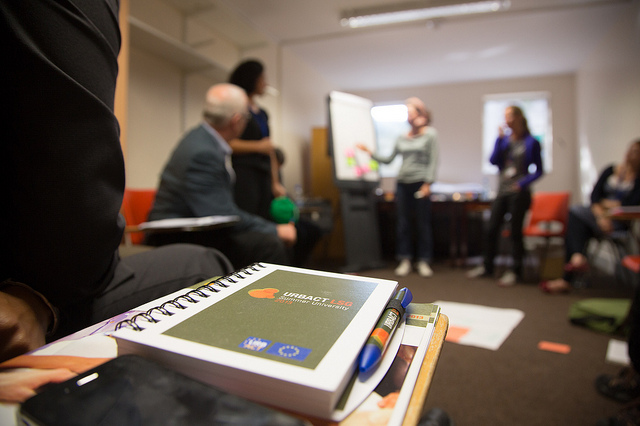 In this challenging context, cities’ best allies are other cities. URBACT networks provide such an opportunity. They provide space to experiment. They provide space to share. Most importantly, they provide space to learn, and to learn by doing, whether you are a mayor, a city manager or a front-line service provider. The programme offers this through network participation. However it also provides it through access to unique events like the URBACT Summer University (USU).
In this challenging context, cities’ best allies are other cities. URBACT networks provide such an opportunity. They provide space to experiment. They provide space to share. Most importantly, they provide space to learn, and to learn by doing, whether you are a mayor, a city manager or a front-line service provider. The programme offers this through network participation. However it also provides it through access to unique events like the URBACT Summer University (USU).
The USU brings together URBACT stakeholders from across Europe for an immersive learning experience. Over three days it allows participants to codesign solutions to a range of contemporary challenges, using a simulated city example. It’s a full-on, stimulating journey which offers the chance to build deep lasting connections with city peers across the EU. URBACT supports participants from each of our participating 200+ cities to attend, and this year our event takes place in the Netherlands in late August.
For those inside the URBACT networks, it’s a great additional opportunity. But that’s not most EU cities, so at programme level our job is to keep working to share the emerging lessons. We’ll be doing this through various outlets – social media, our website, new products and an ongoing programme of events. We encourage you to keep in touch, to share your city stories and to be an active part of that big URBACT conversation.
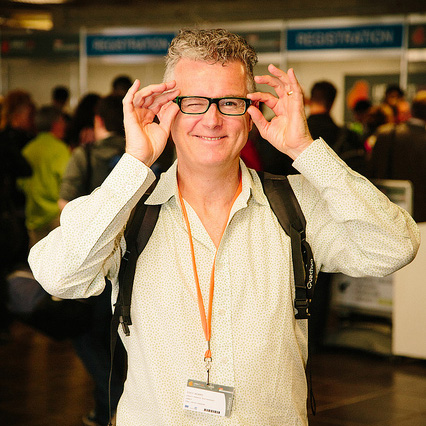 Submitted by Eddy Adams on
Submitted by Eddy Adams on




